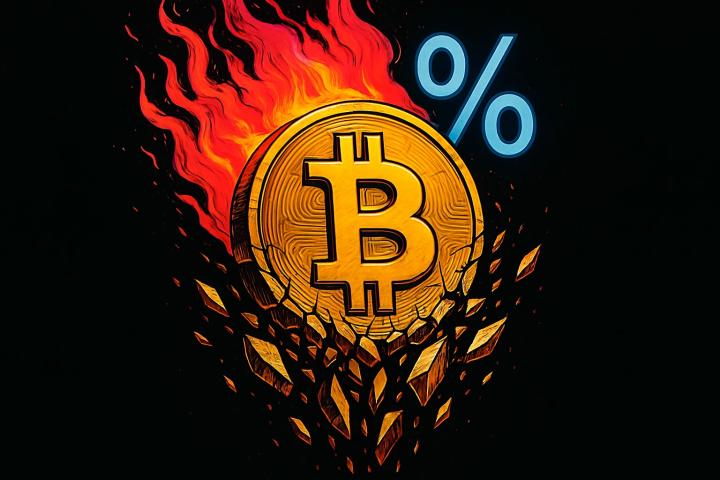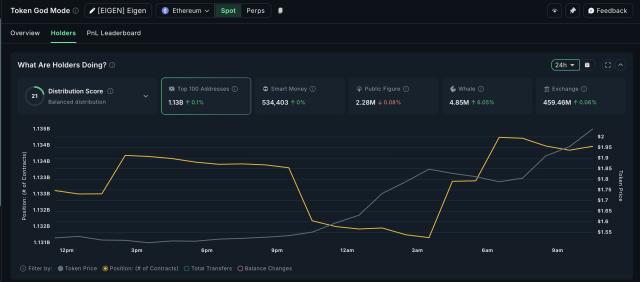Index
ToggleLaos, dubbed the “battery of Southeast Asia,” is embarking on a bold experiment: converting excess hydropower power into Bitcoin, a move that is expected to help the country cope with its massive public debt after decades of hydropower development.
According to a recent report, the Lao government is seriously XEM legalizing and expanding Bitcoin mining, which would turn hard-to- Capital electricity into a highly liquidation global asset. Mining Rig could be placed directly on hydropower plants, reducing transmission pressure and making the most of seasonal surplus electricity.
For many years, electricity has been Laos’s main export, accounting for nearly a quarter of the country’s total export turnover. However, the dependence on commercial contracts and cross-border grid systems has made it difficult for Laos to ensure stable revenues. The huge foreign currency debt from hydropower projects has therefore become an increasing burden.
Controversy over energy policy
Despite the pragmatic nature of the new approach, many environmental organizations have expressed concerns. Mr. Witoon Permpongsacharoen, Director of the Mekong Energy and Ecology Network, stressed that the decision did not stem from the internal needs of the economy, but from “overwhelming debt pressure.”
In fact, this is not the first time Laos has tried its hand at the cryptocurrency industry. In 2021, the government allowed six companies to mine and trade Bitcoin after China tightened its grip on the industry, seeing it as a “god-given” opportunity to take advantage of its electricity resources. However, the policy has changed many times.
In 2023, the national electricity company Électricité du Laos (EDL) stopped supplying electricity to Bitcoin mines due to a severe drought. By mid-2024, Reuters noted that cryptocurrency data centers consumed more than a third of the country's total electricity, causing widespread blackouts that forced the government to stop licensing new projects.
Public debt pressure and international disputes
The biggest driver for Laos to reconsider is the public debt problem. The World Bank forecasts that in the 2025–2028 period, Laos will have to pay about $1.3 billion in foreign debt each year, equivalent to 9% of GDP. Meanwhile, large hydropower projects continue to operate, increasing the financial burden.
Earlier this year, a Chinese dam operator sued EDL, seeking international arbitration over $555 million in unpaid debt. The case underscored the growing financial strain that has forced the Lao government to seek short-term solutions to manage cash flow.
Laos’ hydropower picture is not smooth. Electricity production depends heavily on the rainy season – when water is abundant, Laos can have surplus electricity to export. But in the dry season, the country has to import electricity from neighboring countries.
Bitcoin’s unique selling point is its “flexibility.” Mining operations can run at full capacity during the rainy season when electricity is cheap and plentiful, then shut down during the dry season when domestic demand is high. It is one of the few industries that can take advantage of this unique “energy gap.”








